Vehicle-Activated Smart Highway Lights
The “Vehicle-Activated Smart Highway Lights” is a student project model that uses IR sensors, an Arduino Uno, and LEDs to automatically turn on highway lights when vehicles are detected. Built on a 40 × 50 cm base, it provides hands-on learning in smart lighting automation and energy conservation.
5 in stock
Vehicle-Activated Smart Highway Lights
Description:
The “Vehicle-Activated Smart Highway Lights” is an innovative working model for students that demonstrates how automated lighting systems can improve energy efficiency on highways. This project simulates a smart lighting system that turns on only when a vehicle is detected, reducing unnecessary energy consumption while ensuring road safety.
The model is built on a 40 × 50 cm Foam Board or Sun Board base, representing a highway equipped with an intelligent lighting system. The system operates as follows:
Working Mechanism:
- Vehicle Detection via IR Modules:
- IR sensors are placed along the highway to detect moving vehicles.
- When a vehicle passes, the sensor sends a signal to the Arduino Uno microcontroller.
- Arduino Uno Microcontroller & LED Control:
- The Arduino processes the input from the IR sensors and turns on the LED highway lights.
- The lights remain on for a set duration and then turn off automatically to conserve power.
- Circuit Components & Power Regulation:
- BC547 Transistors & Resistors help regulate current and control LED switching.
- Jumper Wires & Straws provide structural and electrical support for the lighting setup.
Applications & Benefits:
- Reduces Energy Wastage by activating lights only when vehicles are present.
- Improves Road Safety by ensuring well-lit highways at night.
- Ideal for Smart Cities & Highways where energy-efficient infrastructure is required.
- Provides Hands-on Learning in sensor-based automation, Arduino programming, and smart energy solutions.
| Weight | 1.5 kg |
|---|---|
| Dimensions | 49 × 39 × 20 cm |
You must be logged in to post a review.
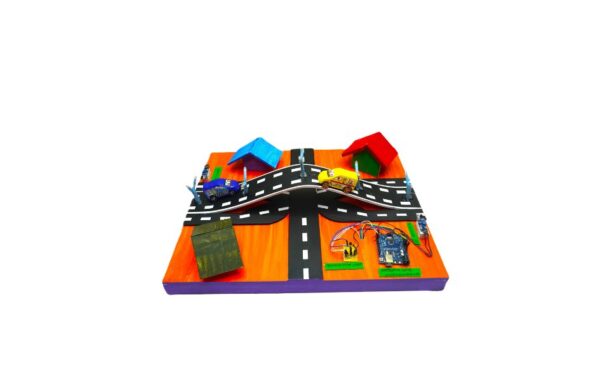
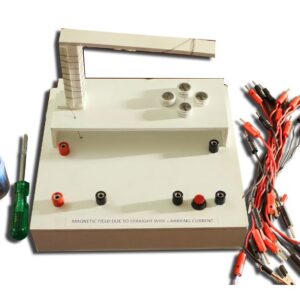
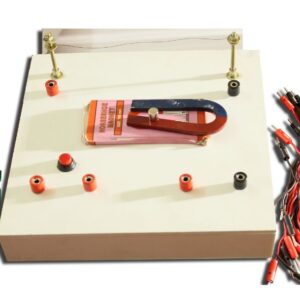
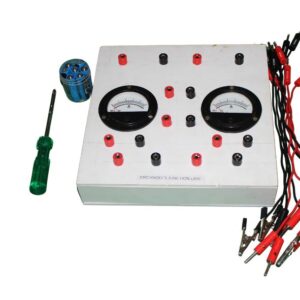
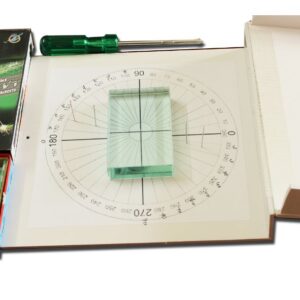
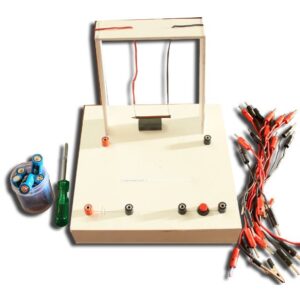
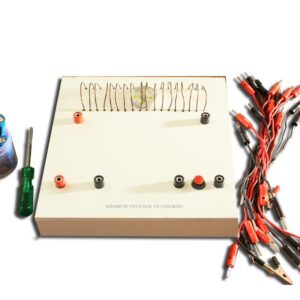
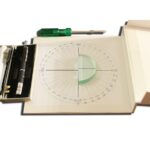
Reviews
There are no reviews yet